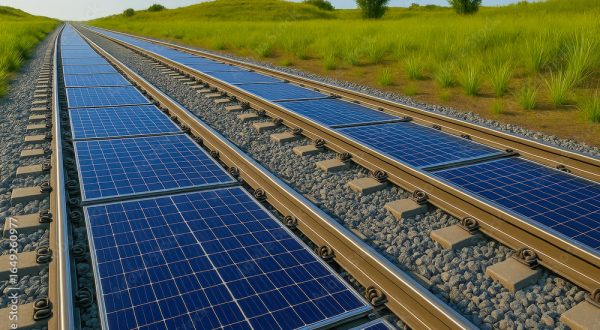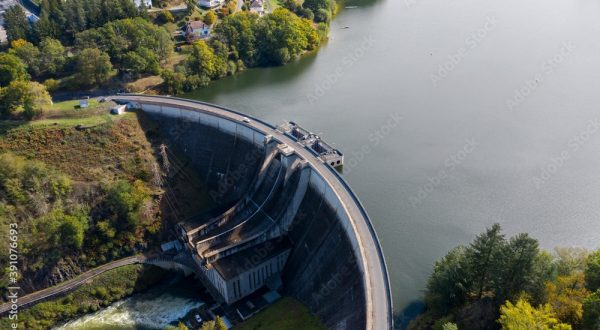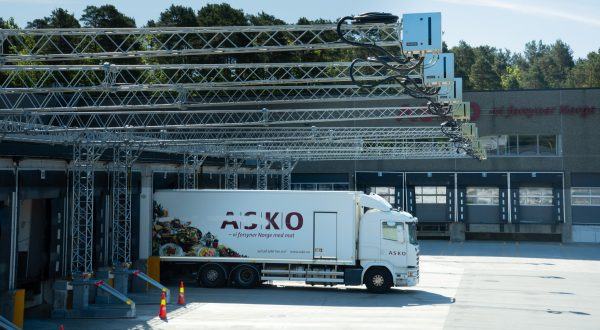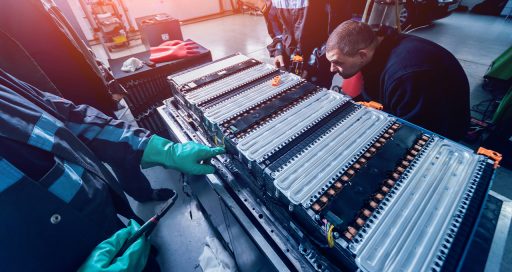Hydrogen-powered trains, from technological viability to economic maturity
Reading time: 5 min
Hydrogen-powered passenger trains began operating in Germany in September 2018. This decarbonised rail system has proved it is technologically sound, but the spectacular innovation has yet to show that it is economically viable.
© Alstom/Michael Wittwer
It’s a world first. In Germany, two hydrogen-powered passenger trains built by Alstom came into operation in September 2018, running on regular commercial stretches between Cuxhaven, Bremerhaven, Bremervörde and Buxtehude in the federal state of Lower Saxony. Further trains are set to follow these pioneers, since the state has ordered 14 new “Coradia iLint” models from Alstom.
These zero-emission trains are safer for the environment and human health than those running on diesel. And in terms of performance, they are competitive in comparison with trains powered by internal combustion engines, achieving a top speed of 140km/h.
On the technical side, the roof of the Coradia iLint train is equipped with a fuel cell and a pressure tank where the hydrogen is stored in gaseous form. The fuel cell generates energy by combining the stored hydrogen with oxygen from ambient air. This energy is used to power the train’s traction drive and various on-board systems (air conditioning, doors, lights, information displays, etc.).
Furthermore, the surplus energy generated by the fuel cell and the kinetic energy recovered during braking is stored in lithium-ion batteries, fitted in the lower section of the train.
These first models are currently refuelling at a mobile hydrogen filling station. A full tank provides a range of 1,000km, enough to operate for an entire day. A fixed filling station will be built by 2021 by The Linde Group, which specialises in gas processing and conversion. Investment in the station, estimated at €10 million, should be financed by the German government.
Phasing out diesel trains
Due to a lack of electrified railway lines – in Germany and indeed in the rest of Europe – around one in two trains are powered by diesel, noted Didier Pfleger, vice-president of Alstom, during the signing of the contract with the German regional authorities in November 2017. In France, where 20% of the fleet of regional trains still run on diesel, the German example is being carefully monitored by the SNCF (the French national railway company).
Hydrogen-powered models represent a “real solution” for “phasing out diesel trains” even if there are still “plenty of problems that need to be addressed”
Committed to “phasing out diesel trains,” the SNCF Chairman Guillaume Pepy wants the public company to have achieved this goal by 2035. He believes that hydrogen-powered trains represent “a real solution” even if there are still “plenty of problems that need to be addressed,” and announced that SNCF would be taking a first step this year by ordering prototypes “in the summer of 2019.” Most likely to be Alstom models, the prototypes should be delivered in early 2022.
In fact, 2022 is the deadline set by Nicolas Hulot, France’s former minister for the ecological transition, for hydrogen-powered trains to be approved for service. It’s also the date that was set for hydrogen trains to start operating by French MP Benoît Simian (from the “La République En Marche!” party and representing the Gironde department) in the “greening of rolling stock” parliamentary report that he submitted at the end of 2018 to the Edouard Philippe government.
Stating that trains “must do their bit in the drive to achieve carbon neutrality,” the MP proposes that the government focuses on hydrogen, which also offers greater range.
Manufacturer Alstom presented a French version of its hydrogen-powered train in November 2018, expressing the hope that the regions would commit to an order so as to test various configurations in the field before moving onto a large-scale industrial phase to replace all diesel locomotives.
Is the technology economically mature?
Having successfully tested its prototypes and launched its first passenger trains, Germany has demonstrated that the hydrogen fuel cell drive system is technically viable. But the solution’s economic maturity has yet to be proven. Philippe Boucly, president of the Association française pour l’hydrogène et les piles à combustible (French association for hydrogen and fuel cells), implicitly acknowledges this when he says that “hydrogen technologies are mature, but R&D and innovation are still required to reduce costs.”
Tying in with this, Alstom has said it aims to produce trains by 2020 that can compete with their diesel counterparts. In Germany, it was the state of Lower Saxony that financed the first hydrogen-powered trains. The hope is that France will follow suit, with the public authorities giving the necessary impetus. Although it has had long-standing reservations about the technology, the French government in June 2018 introduced a “hydrogen plan” to kick-start the sector. But the €100 million earmarked for such projects is a pretty modest amount when compared with Germany’s investment which runs into billions of euros.
12/09/2019





